THE HAGUE - This city is often referred to as the “Third Option” because it’s usually the third place most tourists to The Netherlands visit after stops in first Amsterdam and then Rotterdam. But just a few hours after I arrive in stately Den Haag, as it’s called by the Dutch, I quickly realize this remarkable city that drifts off into the North Sea in South Holland should have been my first stop.
While world renowned as headquarters for the United Nations’ International Court of Justice and Criminal Court, The Hague is also this land-challenged country’s political capital and home to the Dutch Parliament and royal palace. And because of that prominence, it features lots of grand homes that stand along charming canals, impressive public buildings, world class museums and lots of statue-filled parks.
In other words, there’s plenty of Kodak moments to be enjoyed in this handsome city.
“Please don’t call The Hague a city,” says Remco Dörr, the man acting as my guide. “We are Europe’s biggest village and we’re very proud of that.”
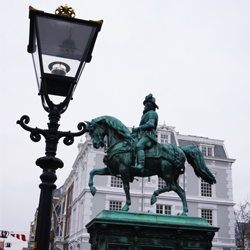
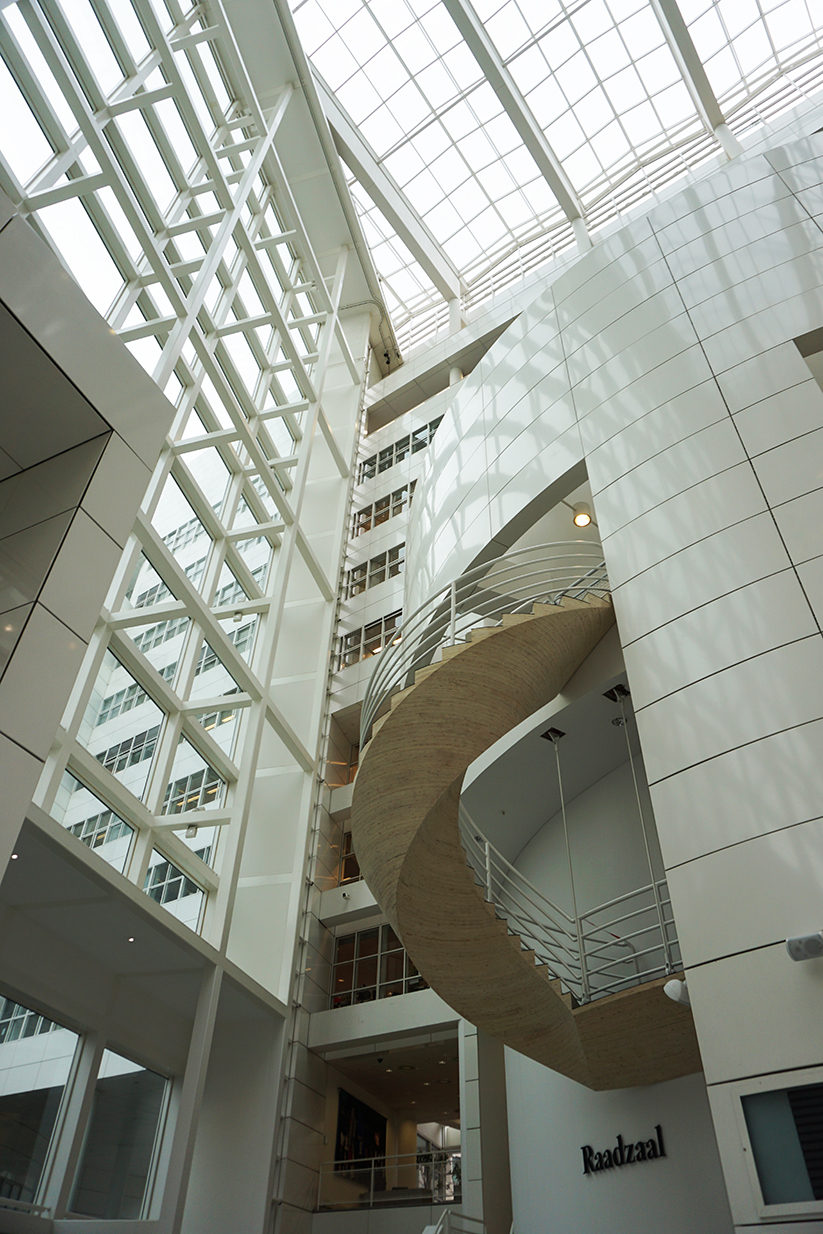
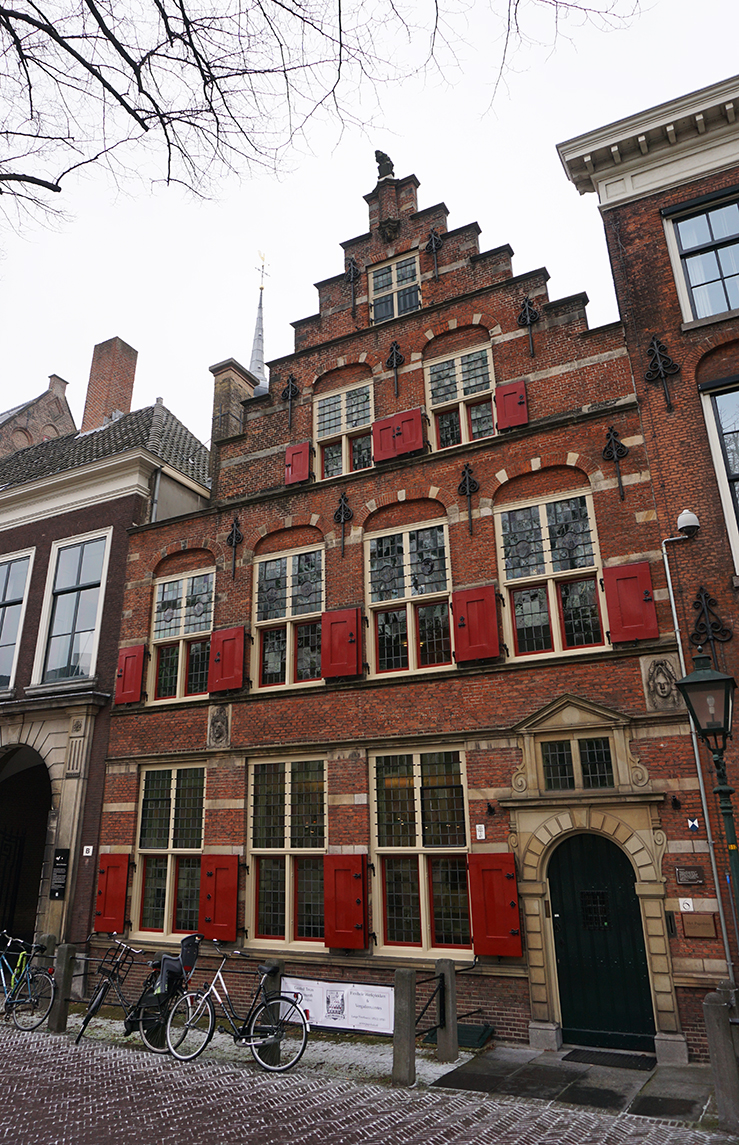
Left: The Hague's Royal Palace. Centre: City Hall. Right: An historic home.
The Hague is indeed a village - with over 500,000 villagers.
Originally established in 1370, The Hague was never granted a city charter - the act that entitled medieval villages to erect defensive walls and dig moats to protect their citizens - and thus is still referred to as a village.
“We’ve always been a village except for the night Napoléon stayed here,” interjects Remco.
Apparently, when the French emperor arrived here for an overnight stay in 1811 and was told about The Hague’s village status, he declared it a city because “no emperor should ever stay in a village,” the little giant reportedly ruled.
“However, when he left the following day, he revoked The Hague’s city status and we became a village again,” the guide tells me in a small square opposite the home where Napoléon stayed - it now houses the popular Escher Museum.
Not many “villages”, though, display the grandeur The Hague does.
For instance, the street outside the Escher - Lange Voorhout - is regularly voted “Europe’s most beautiful street,” according to Remco.
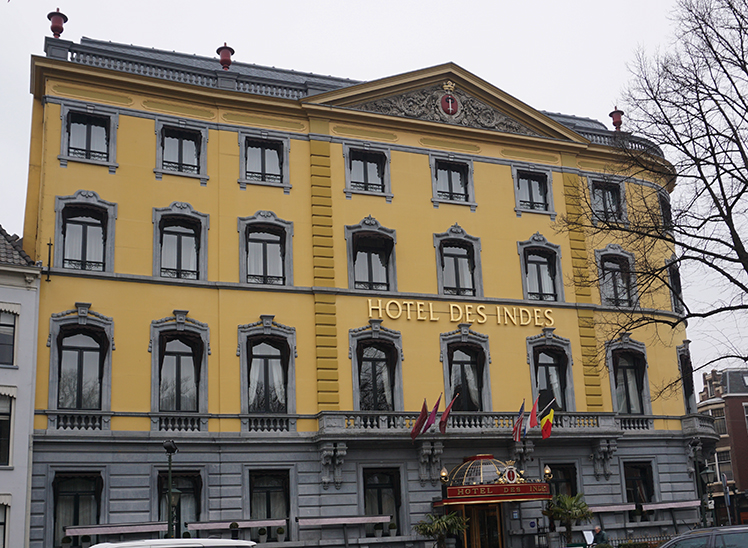
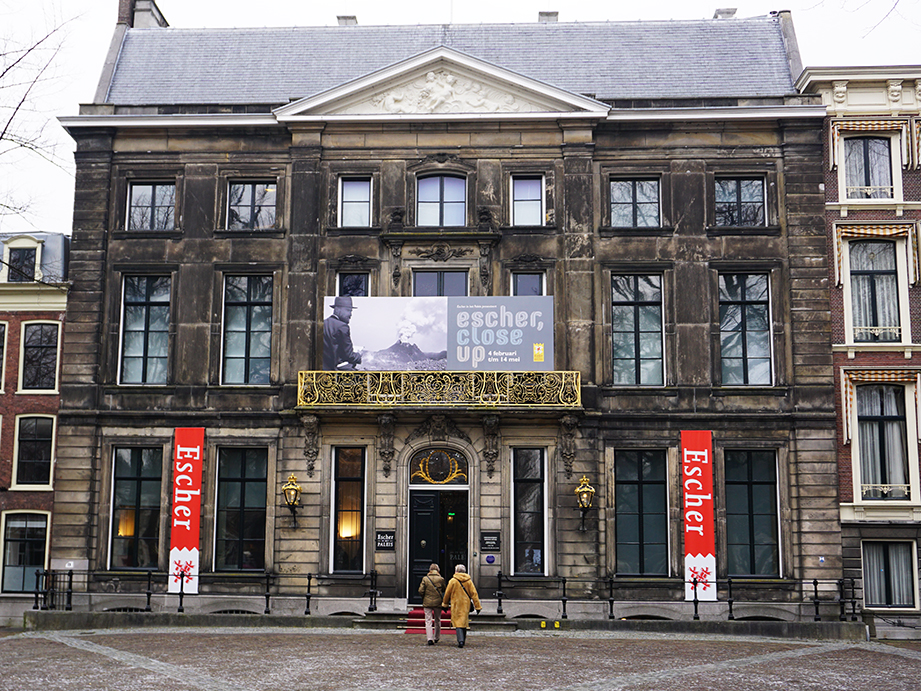
Left: The iconic Hotel Des Indes. Right: The world famous Escher Museum.
The regal doll-house homes lined up along each side of Lange Voorhout were built in the 18th century but the street actually dates back to the earliest days of The Hague, a.k.a. the “City of Peace and Justice” because of its affiliation with the UN.
One building which stands out from the others on the L-shaped Lange Voorhout is the one painted a canary yellow.
“That’s the Hotel Des Indes,” says Remco, who invites me to explore the opulent lobby where the city’s elite are enjoying high tea in the main dining area that looks like a room from the Louvre.
The elegant hotel started out as a party palace in 1851 - “the very rich built city palaces like this so they could entertain their close friends away from prying eyes,” says the guide, who emphasis the word “friends.”
The original owner was an advisor to King William III, so members of the Dutch royal family were often spotted wandering the corridors of what’s now The Hague’s most sought-after hotel address. The most famous guest, though, was the infamous Mata Hari, the Dutch exotic dancer who turned spy during World War I.
“Mata Hari would entertain her German lovers here during the day and the French at night,” says Remco, while pointing at a portrait of the legendary spy hanging in the hotel entrance. “She was later convicted as a German spy and executed by a French firing squad.
“They say each member of that firing squad cried because they were all her lovers,” he laughs.
A short walk from the medieval homes on Lange Voorhout is the Hofvijver, a large pond, where the Dutch Parliament buildings are located. The Binnenhof, a 13th century Gothic castle, makes up a large section of the Parliament complex and is where the country’s prime minister has his office.
“You see that small door,” says Remco pointing to an ancient wooden entrance next to the castle’s main gate, “well that’s where our prime minster (Mark Rutte at the time of this writer’s visit in early 2017) works daily.”
A more modern building next to the castle is where members of Parliament debate and pass the country’s laws.
“There’s lots of windows in our Parliament and that’s by design,” the guide informs me. “The Dutch people take great pride in our government being transparent so we can always look inside and see what the politicians are doing.”
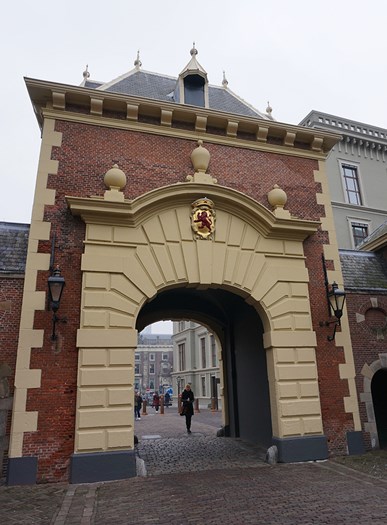
Above: Entrance to the Dutch Parliament buidings.
The third largest city in The Netherlands, The Hague is also considered the country’s cultural capital and its art nouveau architecture makes it distinct amongst European capitals. One of the finest examples of that architecture can be found at Hoogstraat 30 (High Street) in the city’s Old Quarter.
The building that qualifies as the loveliest in The Hague, though, is the Dutch Royal Palace - Palace Noordeinde. Its simple but elegant design is so Dutch. It is the official working palace of the King and therefore not open for public. However, the Royal Gardens behind Palace Noordeinde are one of the most popular places to visit in the city.
After leaving the Parliament area, we walk in the direction of The Hague’s ultra-modern City Hall, located a short distance away. En route, the guide points out the most popular eating spot in The Hague - “our Chinatown.”
Located in the old Jewish Quarter, Chinatown features lots of restaurants and stores. Before World War II, 17,000 Jews lived in The Hague but only 2,000 survived the Holocaust.
As we turn a corner, we’re greeted by the City Hall’s stark white exterior, which is duplicated in its is interior as well.
“The American architect (Richard Meier ) who designed it (in 1986 - it opened in 1995) would not allow any colour inside the atrium - the largest in Europe, by the way,” says the guide proudly. “Recently, though, they’ve added a few plants - but please don’t tell him.”
You’d think that because of the presence of the World Court, lots of law firms, 118 embassies and the country’s top politicians, The Hague would be a rather dull place to live. Well, think again. That’s because the nearby suburb of Scheveningen keeps everyone here in a relaxed frame of mind.
“Scheveningen is our playground and people come from all over The Netherlands to enjoy the beach, the pier and the amusement rides located there.”
Just a short tram ride from the centre of The Hague, Scheveningen’s Pier has been a gathering spot for generations of Dutch and the recent addition of Europe’s first Ferris wheel over the sea - it offers spectacular views of the North Sea and its shoreline - and upgrades to The Pier’s shopping arcade, have revitalized the area. Scheveningen is also home to the historic Amrâth Kurhaus Hotel, which sits on the shoreline like a giant sandcastle. This landmark property, which itself has been undergoing a modernization in recent years, has welcomed some of the biggest names in royalty as well as the kings and queens of stage and screen over its long and distinguished history.
One thing the guide persists on showing me as The Passage, a lovely shopping arcade located in the historic district that was established in 1880. It was inspired by the Grand Arcade of Milan. The high-end shops and quaint restaurants and cafes located in The Passage make it a must see.
Like Amsterdam, The Hague is home to some important museums - non more so than the Gemeentemuseum, which throughout 2017 joins other Dutch museums in celebrating the 100th anniversary of De Stijl, the modern art movement started by legendary Piet Mondrian and Bart van der Leck in 1917 that remains significant in many aspects of art and design.
And, if you’d like to feel like a giant, don’t forget to stop by the Madurodam, also located in Scheveningen, where important Dutch landmarks have been shrunk in size to 1.25 scale model replicas. The miniature world is a place your kids will love visiting.
The Hague isn’t just the political capital of The Netherlands, it’s also its fun capital.
Information
For information on the Gemeentemuseum and the De Stijl exhibitions in 2017, go to
http://www. gemeentemuseum.nl / For information on Holland, go to
http://www.holland.com or The Hague,
http://www.denhaag.com / The best way to get to Holland from Canada is with Air Canada or KLM, both offer direct daily flights to Amsterdam. The Hague and Utrecht are short train rides from Amsterdam. Jet Airways also flies direct to Amsterdam from Toronto daily.
About the Author
Marc Atchison is a veteran journalist and a seasoned traveller with more than 20 years of travel writing experience. As the former Travel Editor of the Toronto Star, Canada's largest newspaper, and now Editor-in-Chief and Senior Writer for TraveLife magazine (Canada) and travelife.ca, Marc has been to over 100 countries in the world. Japan is one of his favorite destinations and he's been there on numerous occasions.